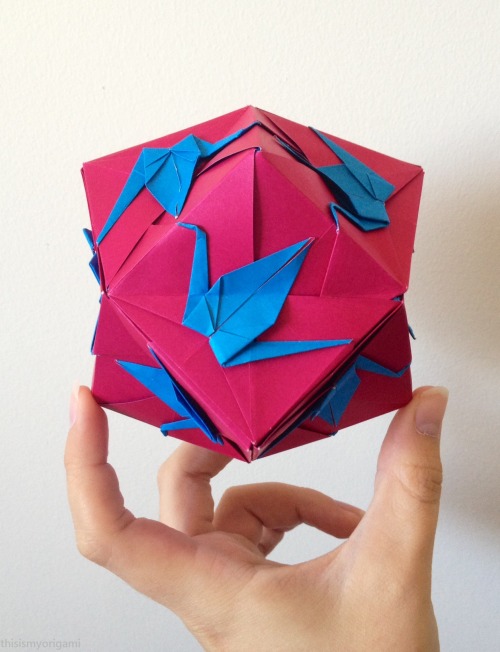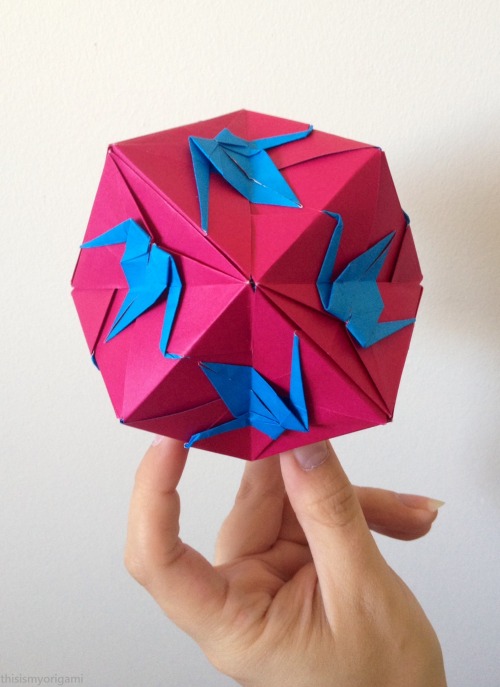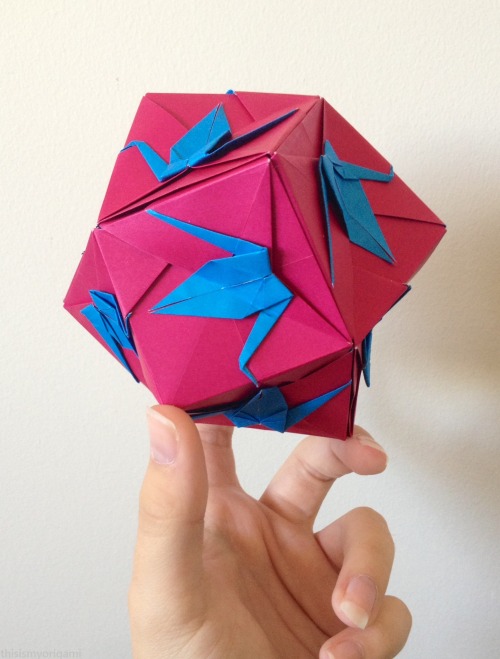Interessante!!
Interessante!!



Sensation of Taste Is Built into Brain
Roast turkey. Stuffing. Mashed potatoes and gravy. Pie. Thanksgiving conjures up all sorts of flavors. If you close your eyes you can almost taste them. In fact, one day you may be able to—without food.
Scientists from Columbia University have figured out how to turn tastes on and off in the brain using optogenetics—a technique that uses penetrating light and genetic manipulation to turn brain cells on and off. They reported their findings in an article published in Nature. By manipulating brain cells in mice this way, the scientists were able to evoke different tastes without the food chemicals actually being present on the mice’s tongues.
The experiments “truly reconceptualize what we consider the sensory experience,” said Charles Zuker, head of the Zuker lab at Columbia and co-author on the paper. The results further demonstrate “that the sense of taste is hardwired in our brains,” Zuker said, unlike our sense of smell, which is strongly linked to taste but almost entirely dependent on experience.
Typically when we eat, the raised bumps, or papillae, that cover our tongues, pick up chemicals in foods and transmit tastes to the brain. There are five main types of papillae corresponding to each of the five basic tastes—sweet, sour, salty, bitter and umami. Contrary to popular belief, these aren’t clustered in particular places on the tongue, with bitter in the back and sweet at the front, but are spaced about evenly on the tongue.
A taste map may in fact exist, but it appears to be in the brain rather than on the tongue. First the researchers singled out the mice’s sweet and bitter taste centers in the brain, which are separated by approximately two millimeters in the insula. They concentrated on only sweet and bitter because the two are the most distinct from each other and also the most salient for humans, mice and other animals due their evolutionary importance to survival. Sweet usually indicates the presence of nutrients, whereas bitter signals potential danger of poison.
Zuker and his team then optogenetically stimulated the areas with light and in a series of behavioral tests, were able to have the mice taste sweet or bitter with only plain water. When the researchers activated the sweet neurons, they observed behavior consistent what with happens when mice normally encounter sweet foods: their licking increased significantly, even when the animals’ thirst was satiated. When the scientists stimulated neurons associated with bitter flavors, the mice stopped licking, seemed to scrub at their tongues and even gagged, depending on the level of optogenetic stimulation.
The researchers then performed the tests on animals that had never tasted sweet or bitter in their lives and found the same results. In the last set of experiments the researchers applied to the tongue of the mice chemicals that tasted sweet and bitter and compared their reactions to what happened when they simply stimulated the corresponding neurons optogenetically. There was no difference in the way the animals responded, “proving taste is hardwired in the brain,” Zuker said.
This doesn’t mean that there is no such thing as an “acquired taste,” Zuker clarified. For example, hákarl, fermented shark meat and national dish of Iceland, once called “the single worst, most disgusting and terrible tasting thing,” by famously acerbic food critic Anthony Bourdain is relished by many on the Nordic island nation. Humans are more complicated than mice. Taste can also be shaped by experience and culture. But the basics of this sensation are present from the beginning.
“Every baby smiles to sweet and frowns for bitter,” Zuker explained. “Taste mostly retains that hardwired response unless there is something that supersedes it. There are some things we consume [that] are innately aversive. But we take the gain with the bad if they have a positively reinforcing result.” Coffee or alcohol, for instance, are distinctly bitter, but many people learn to enjoy them over time due to the feelings of stimulation and inebriation they bring, respectively.
Gary Beauchamp, president of the Monell Chemical Senses Center in Pennsylvania, calls the research “a very clear and elegant approach,” confirming the long-standing hypothesis that taste is indeed evolutionarily hardwired. But Beauchamp also notes that sweet and bitter compounds can influence each other in the mouth to affect taste before they reach the brain. “In the real world, where foods are mixtures of things, it’s much more complex than what this study would suggest. Nevertheless, this is excellent work showing that these pathways are innately organized,” he said.
Zuker is aware that sweet and bitter are at the extremes of the taste spectrum and may not be representative of all tastes. But he expects similar results testing other tastes, which are also evolutionarily based. Salt, for example, signals electrolytes. “The next question is how activity in these cortical fields integrates with rest of brain,” to form experience and lasting taste memories – such as those we make at Thanksgiving.
Source: Scientific American
More Posts from Ritasakano and Others
Muito bom!!

Resist the road-rage on the protein super highway.
Be sure to check out all our science GIFs here for your studyblrs, teacher websites, presentations, or mind-numbing entertainment! Just please keep our name on there and don’t sell them! :D
“Força eletrostática é aquela que governa o movimento dos átomos. É a força que os faz colidir e desenvolver a energia de sustentação da vida de calor e luz, e que os faz se agregar em uma variedade infinita de maneiras, de acordo com os designs fantasiosos da Natureza, e formar todas essas estruturas maravilhosas que vemos ao nosso redor . É, de fato, se nossas visões atuais forem verdadeiras, a força mais importante que devemos considerar na Natureza. ” Nikola Tesla
“Electrostatic force is that which governs the motion of the atoms. It is the force which causes them to collide and develop the life-sustaining energy of heat and light, and which causes them to aggregate in an infinite variety of ways, according to Nature’s fanciful designs, and forms all these wondrous structures we see around us. It is, in fact, if our present views be true, the most important force for us to consider in Nature.”
–Nikola Tesla
“Tesla, Marvel Of The Future.” Brooklyn Citizen, August 22, 1897.











A Picture book I illustrated called The Giant Egg about a shy child whom anxiety led him to hide behind a giant egg..until he was needed.
Published 2016 by Kadi and Ramadi
🦋 Borboletas 🦋

Solar System: 5 Things to Know This Week
Our solar system is huge, so let us break it down for you. Here are 5 things to know this week:
1. It’s Lunacy, Whether by Day or Night

What’s Up in the night sky during November? See all the phases of the moon by day and by night, and learn how to look for the Apollo landing sites. Just after sunset on November 13 and 14, look near the setting sun in the western sky to see the moon as a slender crescent. For more, catch the latest edition of the monthly “What’s Up” Tumblr breakdown.
2. Answer to Longstanding Mars Mystery is Blowin’ in the Wind

What transformed Mars from a warm and wet environment, one that might have supported surface life, to the cold, arid planet it is today? Data from our Mars Atmosphere and Volatile Evolution (MAVEN) mission pins much of the blame on the sun. Streams of charged solar particles crash against the Martian atmosphere, and without much of a magnetic field there to deflect the onslaught, over time the solar wind has stripped the air away.
3. Orbital Maneuvers in the Dark

The New Horizons mission team has set a new record. They recently performed the last in a series of trajectory changes that set the spacecraft on a course for an encounter with a Kuiper Belt object in January 2019. The Kuiper Belt consists of small bodies that orbit the sun a billion miles or more beyond Pluto. These latest course maneuvers were the most distant trajectory corrections ever performed by any spacecraft.
4. Visit Venus (But Not Really — You’d Fry)

Mars isn’t the only available destination. You can visit all the planets, moons and small worlds of the solar system anytime, right from your computer or handheld device. Just peruse our planets page, where you’ll find everything from basic facts about each body to the latest pictures and discoveries. Visit Venus HERE.
5. Titan Then and Now

Nov. 12 marks the 35th anniversary of Voyager 1’s Saturn flyby in 1980. Voyager saw Saturn’s enshrouded, planet-sized moon Titan as a featureless ball. In recent years, the Cassini mission haas revealed Titan in detail as a complex world. The spacecraft has peered beneath its clouds, and even delivered a probe to its encounter, which will include infrared scans, as well as using visible light cameras to look for methane clouds in the atmosphere.
Make sure to follow us on Tumblr for your regular dose of space: http://nasa.tumblr.com



Crane Trisoctahedron designed by Fumiaki Shingu
Instructions
Delicada sempre.


Textile sample. Japanese, Late Edo or early Meiji era, 19th century. Textile sample with design of carnations and lily-like flowers in white, reddish-orange, dark blue, yellow, grays, and light yellow browns on a blue ground, created by the yûzen process. Provenance: William Sturgis Bigelow Collection; gift of William Sturgis Bigelow to the MFA in August, 1898. MFA


From the article: “Some of Japan’s colors have a lengthy background dating back to the Asuka period (538 ~ 710) and the hierarchical Japanese color system itself can be most easily traced back to 603 AD, when Prince Shōtoko established the first Twelve Level Cap and Rank System in Japan. Based on Confucian values and the five Chinese elements (wood, fire, earth, metal, and water), this particular hierarchy determined one’s rank by quality, rather than one’s heritage. Ranks were made identifiable by specific colors, as follows:
大徳 (Daitoku) Greater Virtue
小徳 (Shōtoku) Lesser Virtue
大仁 (Daijin) Greater Benevolence
小仁 (Shōjin) Lesser Benevolence
大礼 (Dairei) Greater Propriety
小礼 (Shōrei) Lesser Propriety
大信 (Daishin) Greater Sincerity
小信 (Shōshin) Lesser Sincerity
大義 (Daigi) Greater Justice
小義 (Shōgi) Lesser Justice
大智 (Daichi) Greater Knowledge
小智 (Shōchi) Lesser Knowledge
Within this system, the kinkiji (禁色), meaning “forbidden colors” were exclusively designated for use by only the highest ranking government officials and their robes. For example, the robes of the kuge (公家, the dominant aristocratic class in Kyoto’s imperial courts) were of the color Ōtan (orange), therefore the use of this color by any other lower rank was strictly prohibited.
As such, the warm orange and red hues came to be associated with power and affluence. Examples of this can also be found in everything from ornamental combs and katana scabbards to the torii gates of Shinto shrines and the shrine-maidens’ garb. On the opposite end of the spectrum (ha!), the yurushiiro (許し色, “permissible colors”) were usable by commoners.”
I find it particularly interesting that at this early period in Japanese development, they were of course still using Chinese philosophy and science to systematically organize something very abstract and unscientific as what color clothes you should wear– and not only that, but using Chinese science to determine that some colors should be forbidden in society to some people, and thus literally color-code peoples’ castes using a color system based on magic! :)
-
 j0002468 liked this · 7 years ago
j0002468 liked this · 7 years ago -
 john1373 liked this · 7 years ago
john1373 liked this · 7 years ago -
 teodore-blain liked this · 8 years ago
teodore-blain liked this · 8 years ago -
 harm-money liked this · 8 years ago
harm-money liked this · 8 years ago -
 fifteen-puzzle liked this · 8 years ago
fifteen-puzzle liked this · 8 years ago -
 infjaddicted2mbti reblogged this · 8 years ago
infjaddicted2mbti reblogged this · 8 years ago -
 infjaddicted2mbti liked this · 8 years ago
infjaddicted2mbti liked this · 8 years ago -
 landonthesuperhero liked this · 8 years ago
landonthesuperhero liked this · 8 years ago -
 jules5699 liked this · 8 years ago
jules5699 liked this · 8 years ago -
 photographyhutt liked this · 9 years ago
photographyhutt liked this · 9 years ago -
 sabokittysweet liked this · 9 years ago
sabokittysweet liked this · 9 years ago -
 akindofmagick-blog liked this · 9 years ago
akindofmagick-blog liked this · 9 years ago -
 mello-california-therapist reblogged this · 9 years ago
mello-california-therapist reblogged this · 9 years ago -
 theheartofmed reblogged this · 9 years ago
theheartofmed reblogged this · 9 years ago -
 helladelicious reblogged this · 9 years ago
helladelicious reblogged this · 9 years ago -
 ghdfsajhfjkas33 liked this · 9 years ago
ghdfsajhfjkas33 liked this · 9 years ago -
 helladelicious liked this · 9 years ago
helladelicious liked this · 9 years ago -
 iwearthelilac reblogged this · 9 years ago
iwearthelilac reblogged this · 9 years ago -
 --dopamine reblogged this · 9 years ago
--dopamine reblogged this · 9 years ago -
 bae-of-bengal liked this · 9 years ago
bae-of-bengal liked this · 9 years ago -
 nursingfinds reblogged this · 9 years ago
nursingfinds reblogged this · 9 years ago -
 katerina-kat20165 liked this · 9 years ago
katerina-kat20165 liked this · 9 years ago -
 kzoobrainfood-blog liked this · 9 years ago
kzoobrainfood-blog liked this · 9 years ago -
 shrekkichu reblogged this · 9 years ago
shrekkichu reblogged this · 9 years ago -
 shrekkichu liked this · 9 years ago
shrekkichu liked this · 9 years ago -
 chan4preet liked this · 9 years ago
chan4preet liked this · 9 years ago -
 deadlatios liked this · 9 years ago
deadlatios liked this · 9 years ago -
 medlabscience reblogged this · 9 years ago
medlabscience reblogged this · 9 years ago -
 faintingchristine liked this · 9 years ago
faintingchristine liked this · 9 years ago -
 mello-california-therapist liked this · 9 years ago
mello-california-therapist liked this · 9 years ago -
 sterlcat liked this · 9 years ago
sterlcat liked this · 9 years ago -
 ahmedgadalhaq reblogged this · 9 years ago
ahmedgadalhaq reblogged this · 9 years ago -
 ahmedgadalhaq liked this · 9 years ago
ahmedgadalhaq liked this · 9 years ago -
 forgivenessprocessing-blog liked this · 9 years ago
forgivenessprocessing-blog liked this · 9 years ago